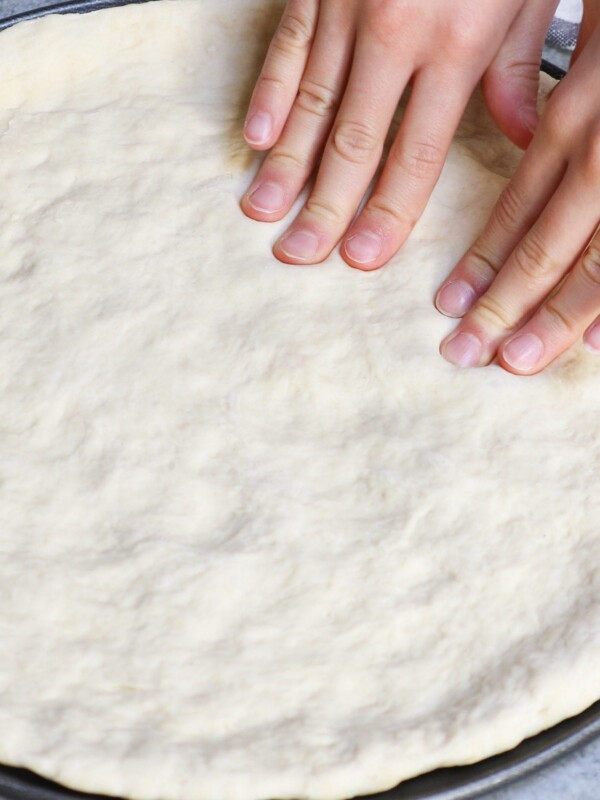How to Tell if a Mango Is Ripe (Pro Tips)
on Mar 08, 2022
This post may contain affiliate links. Please read my disclosure policy.
The key to enjoying a mango is ensuring that it’s fully ripe. Some may feel soft but when cut, aren’t ready to eat at all. In this article, we’re sharing some tips on how to tell if a mango is ripe and ready to eat.
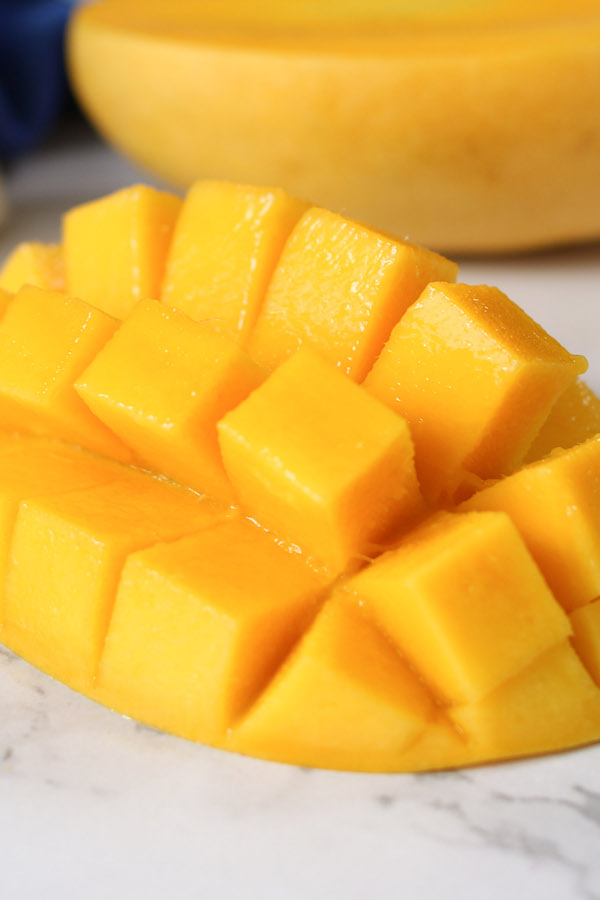
Filled with delicious tropical flavors, mangoes are juicy, sweet, and can have a slightly tart flavor depending on how ripe they are.
They are delicious in smoothies, salads, baked goods, desserts, and also pair well with meats in sweet & sour dishes.
How to Tell if a Mango is Ripe (3 Easy Ways)
The Look
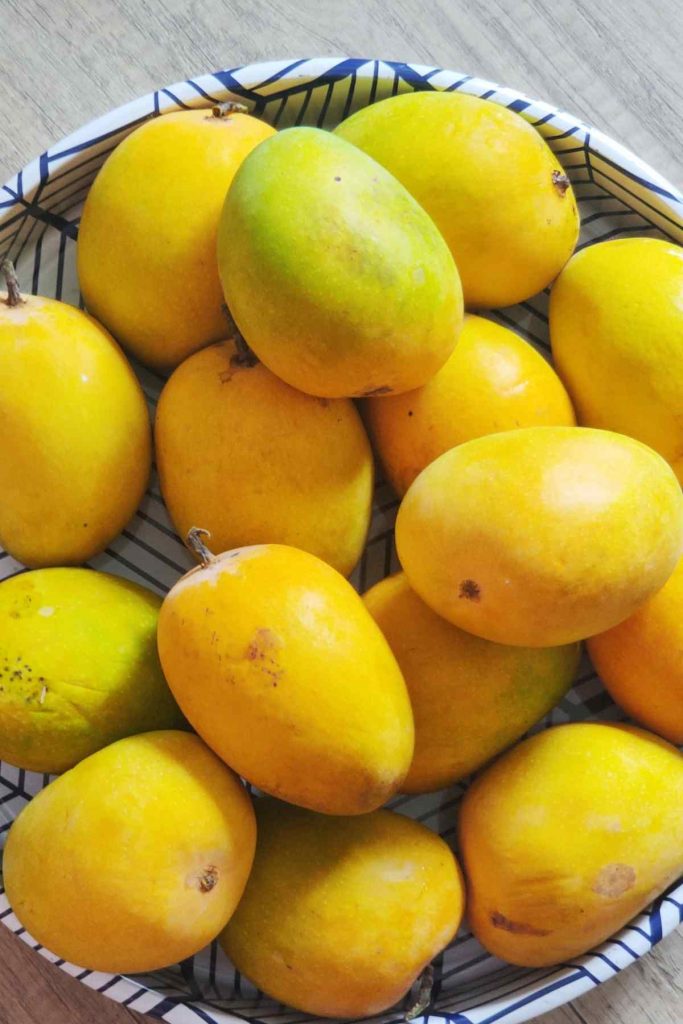
There are many different types of mangoes with a variety of skin colors, so you can’t always judge the ripeness by the color of the skin.
However, the look of the skin does provide some indication of the ripeness though. Look for mangoes that have brightly colored skin, whether the color is red, yellow, or green. Mangoes with dark spots are likely overripe and should be avoided.
The Smell
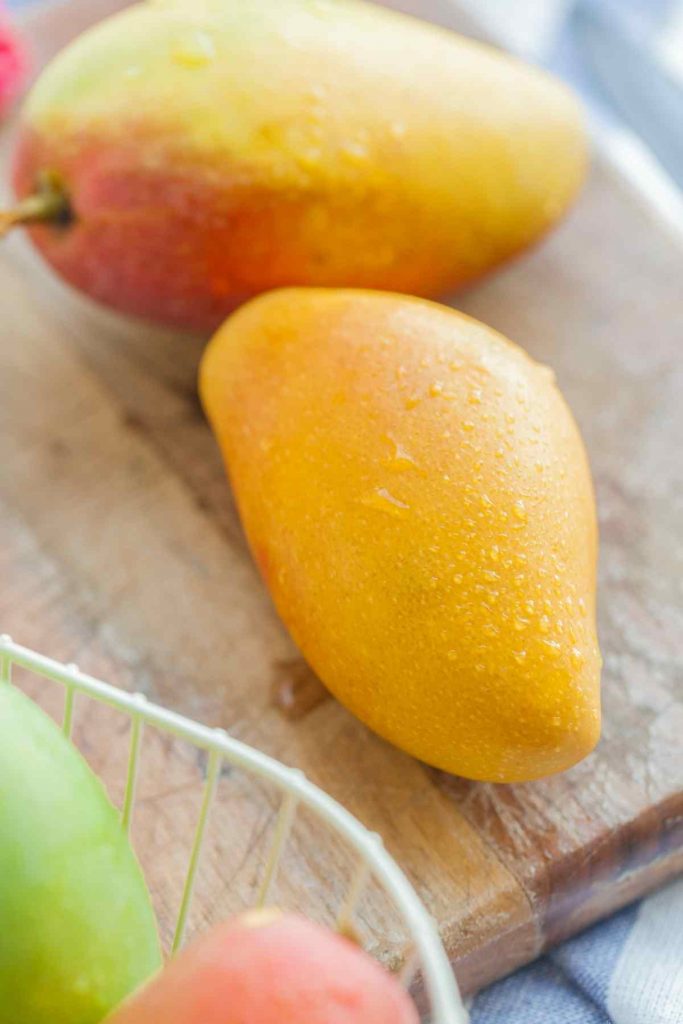
Your nose can help you determine the ripeness of a mango. Pick up a mango and place the stem end close to your nose. If you don’t smell anything, it’s not ready to eat, but if it has a sweet and fruity scent, place it in your shopping cart.
The Feel
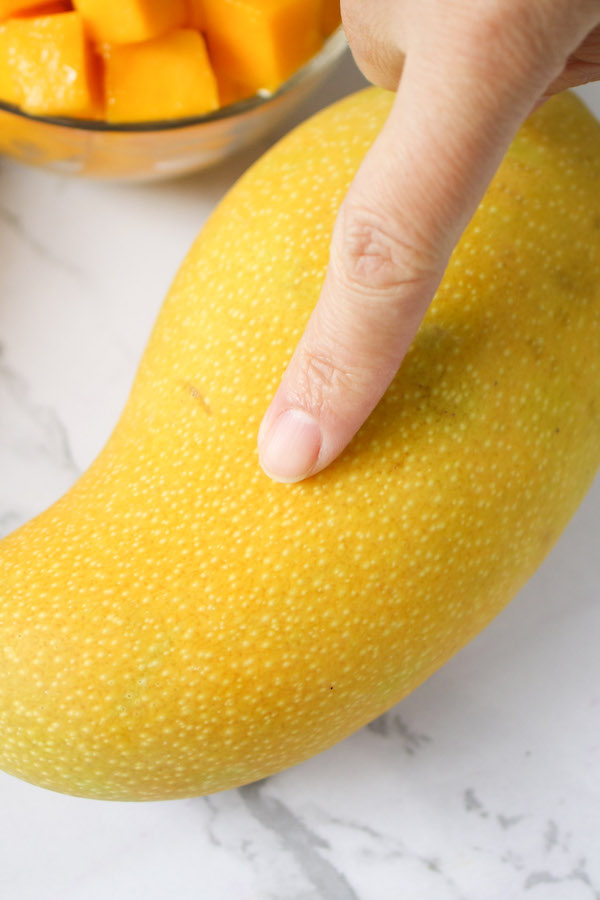
Similar to fruits like kiwi and avocado, a ripe mango will yield to pressure.
Choose a mango that feels heavy for its size and give it a gentle squeeze. It should feel soft, but not overly so, and your finger should leave a small impression on the skin. If the mango is hard, it will need more time to ripen.
How to Store Mango Properly?
After selecting and purchasing your mangoes, you’ll want to store them properly. Whole ripe mangoes can be stored at room temperature or in the fridge for up to 5 days. Cut mango should be stored in a container in the fridge for up to 2 days. To extend the life of your mangoes, they can be placed into freezer-safe containers and kept in the freezer for up to 6 months.
How To Ripen Mangoes

Sometimes there are no ripe mangoes at the grocery store, especially if they’re not in season. Similar to bananas and avocados, mangoes ripen at room temperature. Here’s what to do to speed up the ripening process.
- Place the mangoes into a paper bag: Placing mangoes in a sealed paper bag, or wrapping them in newspaper, helps to trap ethylene gas, which causes fruit to ripen faster.
- Place them close to other ripe fruits: Ripe fruit expels ethylene gas, so if you store an unripe mango with them, it will ripen faster.
- Keep the mangoes at room temperature: Mangoes need to be kept at room temperature to ripen, so it’s best to store them on your counter.
How to Cut a Mango
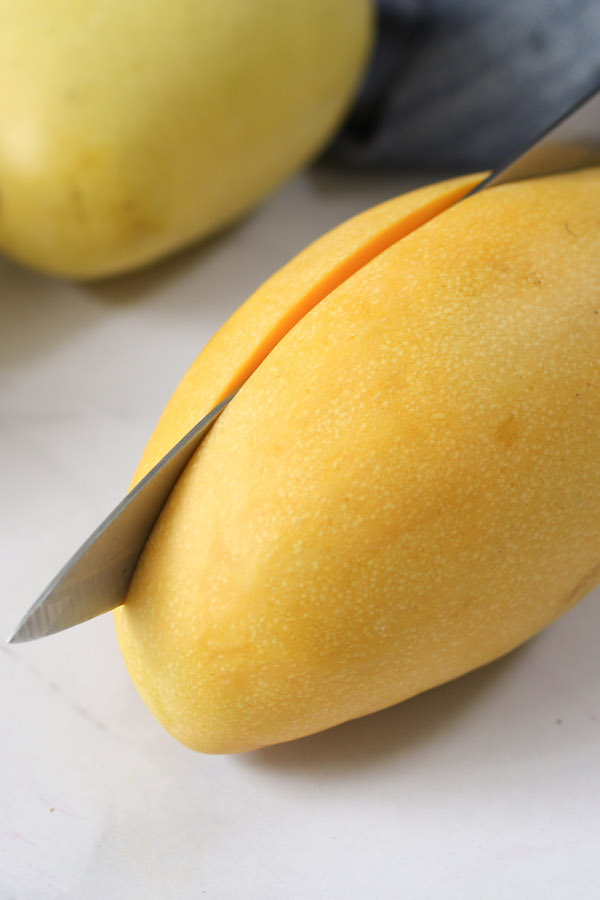
Because of the large pit in the center of the fruit, it can be difficult to slice a mango. Follow these steps to slice a mango like a pro:
- Slice the sides. Place the mango on a cutting board with the stem end facing up. Hold the mango firmly and insert a sharp knife about ¼-inch to the right of the stem. Cut from the top of the fruit to the bottom. Repeat on the other side.
- Dice the flesh. Using a paring knife, make vertical cuts into the flesh of one of the mango sides with the skin still intact. Do not cut through the skin – you’re basically scoring the flesh. Rotate the mango 90 degrees and make another series of vertical cuts. If you’ve ever scored the skin of a baked ham, this is a similar process. Repeat with the other side of the mango.
- Cut, peel, or spoon the flesh. Remove the mango pieces with a paring knife or a spoon. The pieces will be easier to cut if you use your thumbs to push the scored sections outward.
- Remove the extra flesh around the pit. Use a paring knife to carefully remove the rest of the flesh from around the pit.
You May Also Like

How To Ripen a Mango (Step by Step Instructions)
Ingredients
- 2 mangoes
- Paper bag
Instructions
- Place the mangoes into a paper bag at room temperature. Seal it.
- Let it ripen until they’re ready.
Nutrition information provided is an estimate only and will vary based on ingredient brands and cooking methods used.


